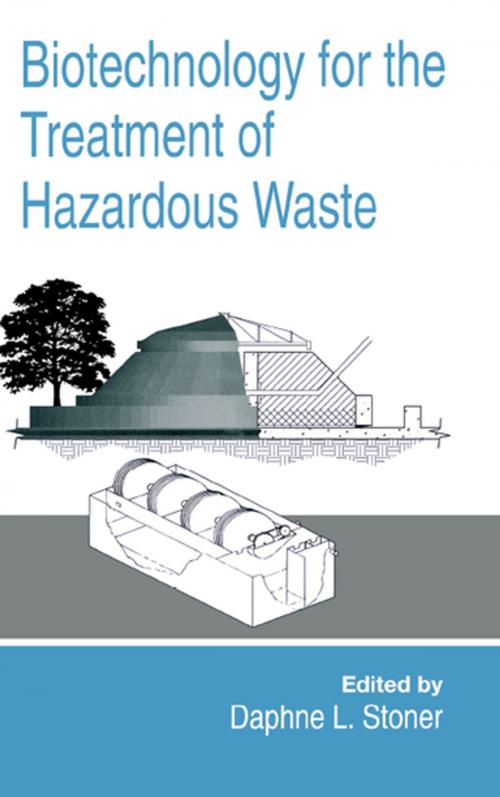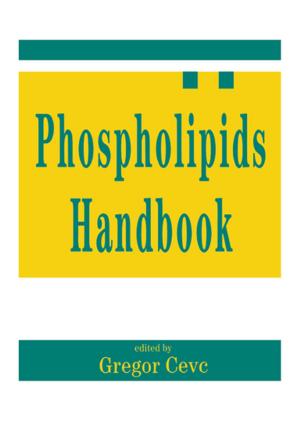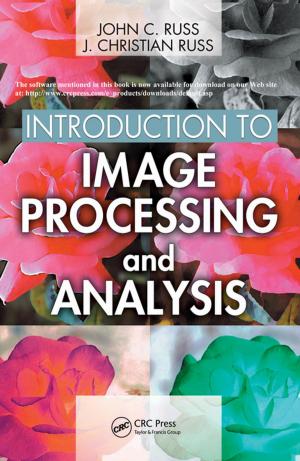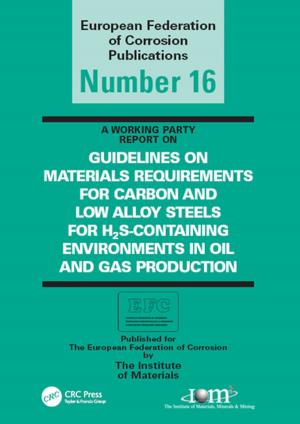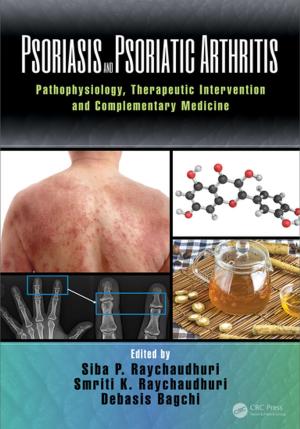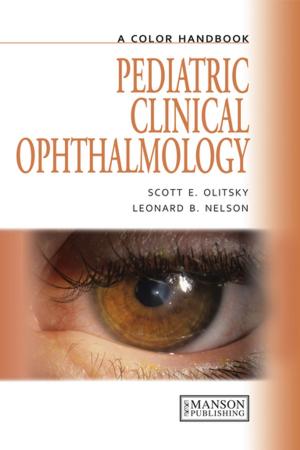Biotechnology for the Treatment of Hazardous Waste
Nonfiction, Science & Nature, Technology, Engineering, Chemical & Biochemical, Environmental| Author: | Daphne L. Stoner | ISBN: | 9781351463577 |
| Publisher: | CRC Press | Publication: | November 22, 2017 |
| Imprint: | Routledge | Language: | English |
| Author: | Daphne L. Stoner |
| ISBN: | 9781351463577 |
| Publisher: | CRC Press |
| Publication: | November 22, 2017 |
| Imprint: | Routledge |
| Language: | English |
The development of biologically based processes for the treatment of hazardous inorganic and organic wastes is a multi-disciplinary effort requiring the consideration of a number of biological, chemical, and physical parameters, as well as the effective teaming of biologists, chemists, engineers, and regulatory agencies. This new text/reference bridges the disciplines in a unique way, allowing an exchange of fundamental information to take place. The book begins with a description of the biological transformations of inorganic and organic compounds and a review of strategies that may be used for the treatment of hazardous wastes. It continues with a discussion of the physiological and engineering factors that must be considered for successful process development and concludes with a discussion of the regulations that have influenced biological waste treatment and environmental remediation.
The development of biologically based processes for the treatment of hazardous inorganic and organic wastes is a multi-disciplinary effort requiring the consideration of a number of biological, chemical, and physical parameters, as well as the effective teaming of biologists, chemists, engineers, and regulatory agencies. This new text/reference bridges the disciplines in a unique way, allowing an exchange of fundamental information to take place. The book begins with a description of the biological transformations of inorganic and organic compounds and a review of strategies that may be used for the treatment of hazardous wastes. It continues with a discussion of the physiological and engineering factors that must be considered for successful process development and concludes with a discussion of the regulations that have influenced biological waste treatment and environmental remediation.
